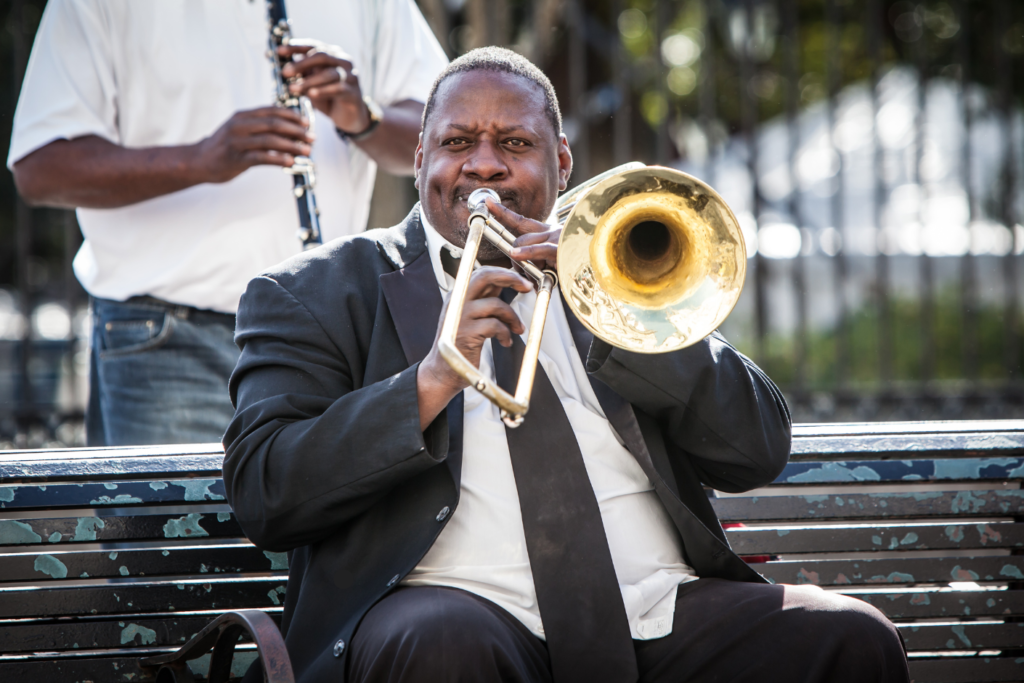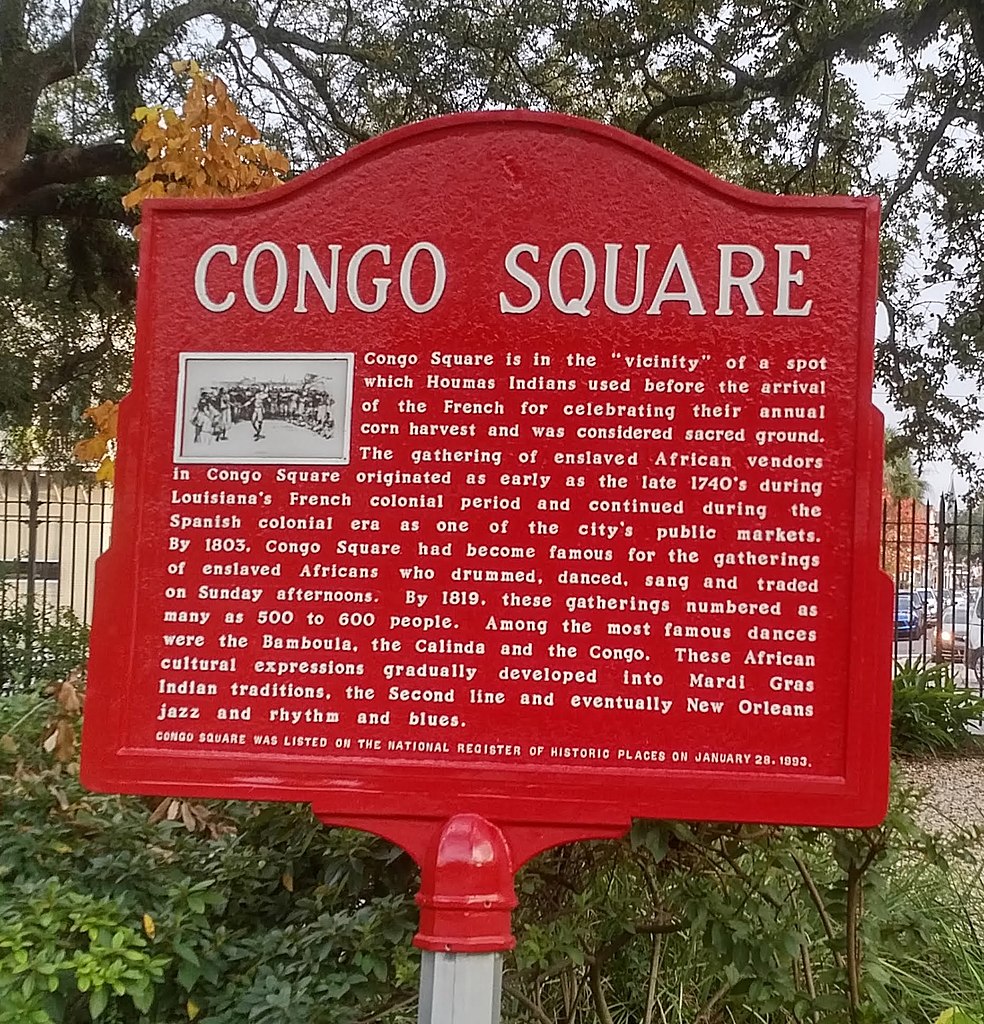
New Orleans is a city brimming with vibrant culture, rich history, and a deep-rooted sense of community. Its streets resonate with the echoes of African rhythms, jazz music, and the enduring spirit of its people. For those looking to delve into the rich heritage of black culture in New Orleans, the following points of interest offer a captivating glimpse into the city’s past and present.
Free People of Color Museum
The Free People of Color Museum, located in the historic Treme neighborhood, is a testament to the resilience and achievements of the free black community in New Orleans. This museum highlights the lives of free people of color before the Civil War, showcasing their contributions to the city’s economy, culture, and social fabric. Through exhibits of historical documents, artifacts, and personal stories, visitors gain an understanding of the unique status and struggles of free people of color in a society divided by race and class.
Congo Square

Congo Square, located in Louis Armstrong Park, is a sacred space in the heart of New Orleans. In the 18th and 19th centuries, enslaved Africans gathered here on Sundays to socialize, trade, and preserve their cultural practices through music and dance. The rhythms and beats that filled Congo Square laid the foundation for what would become jazz music, deeply influencing the city’s cultural landscape. Today, Congo Square stands as a symbol of resilience and cultural preservation, hosting festivals and events that celebrate African heritage and its impact on New Orleans.
St. Augustine’s Church
St. Augustine’s Church, founded in 1841, is one of the oldest African-American Catholic parishes in the United States. Located in the Treme neighborhood, the church was built by free people of color and has a rich history of advocating for civil rights and social justice. St. Augustine’s is not only a place of worship but also a cultural landmark that reflects the enduring spirit of the black Catholic community. The church’s beautiful architecture and stained glass windows serve as a backdrop for community gatherings, cultural events, and musical performances, keeping its legacy alive.
Backstreet Cultural Museum
The Backstreet Cultural Museum, also situated in the Treme neighborhood, offers a unique insight into the cultural traditions of black New Orleans. The museum’s extensive collection includes Mardi Gras Indian suits, jazz funeral artifacts, and memorabilia from social aid and pleasure clubs. These traditions are deeply rooted in African-American culture and continue to play a significant role in the city’s identity. The museum’s founder, Sylvester Francis, dedicated his life to preserving these cultural expressions, ensuring that future generations understand their significance and beauty.
Whitney Plantation

A visit to the Whitney Plantation provides a poignant and powerful experience, shedding light on the lives of enslaved Africans who worked on Louisiana’s plantations. Located just outside New Orleans, the Whitney Plantation is unique in its focus on the perspective of the enslaved. Through restored buildings, memorials, and first-person narratives, visitors gain a deeper understanding of the harsh realities of slavery and the strength of those who endured it. The plantation’s exhibits, such as the Wall of Honor and the Field of Angels, pay tribute to the countless men, women, and children who lived and died under slavery.
Conclusion
New Orleans is a city where history and culture intertwine, creating a rich tapestry that tells the story of its people. The Free People of Color Museum, Congo Square, St. Augustine’s Church, the Backstreet Cultural Museum, and the Whitney Plantation each offer unique perspectives on the black heritage that has shaped New Orleans. By exploring these sites, visitors can gain a deeper appreciation for the resilience, creativity, and enduring spirit of the black community in New Orleans. At ADR Vacations, we encourage you to immerse yourself in these experiences and connect with the profound history that makes New Orleans a truly extraordinary destination.

